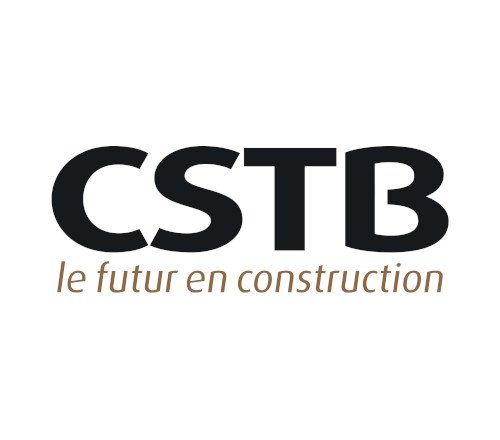BIPV system and its construction parts should be designed, executed, and maintained in such a way that the product during its intended life, with appropriate degrees of reliability and in an economical way, will remain fit for the use for which it is required. The system has to sustain all actions and influences likely to occur during execution and use; it will not be damaged or will have controlled damage by pre-defined events, impacts, or consequences. Mechanical requirements are meant basically as requirements of “safety and accessibility in use” among the essential characteristics for the products covered by the CPR such as wind load resistance, resistance to horizontal point loads, impact resistance, mechanical resistance of the cladding and its fixings or subframe components. This chapter introduces procedures for assessing essential mechanical characteristics of BIPV products, by combining the main criteria originated by the building standards with the essential characteristics for electrical safety.
In detail the essential characteristics investigated are:
- Impact resistance of the cladding component, considering hard and soft body impacts according to EOTA TR001 test methods of panel and panel assemblies considering serviceability and safety in use.
- Static load resistance (safety in use) of the cladding component


